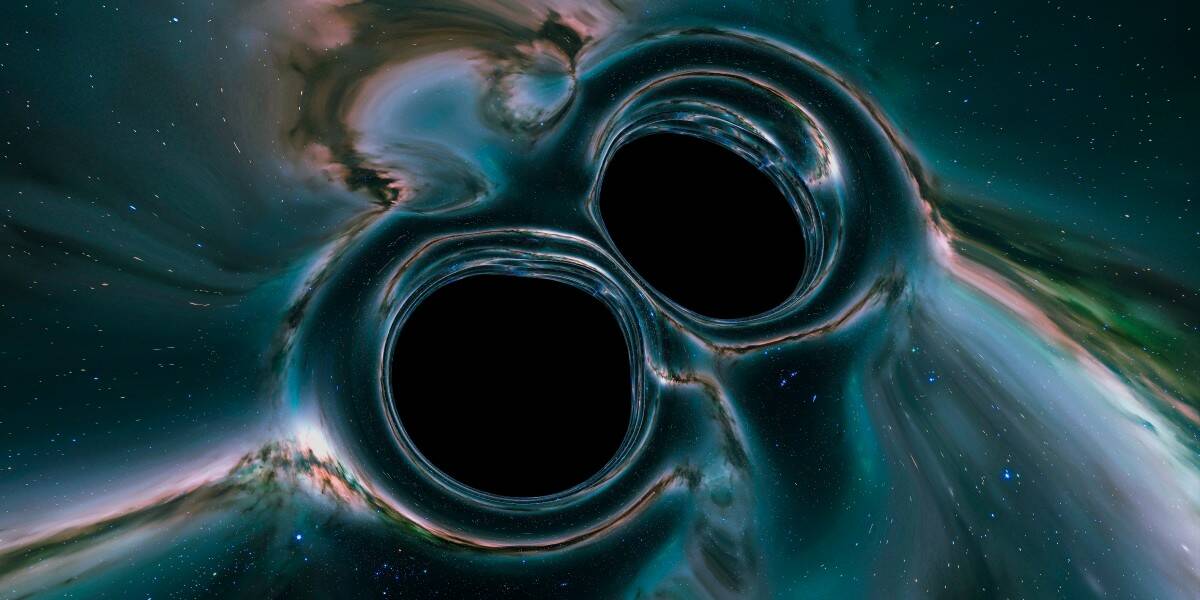Researchers have observed the largest ever collision between two massive black holes witnessed by humans, a finding that’s sent astrophysicists back to their calculators to re-think models.
Astroboffins spotted the aftereffects of the event on November 23, 2023, when they detected emissions from two huge black holes, each around 100 and 140 times the mass of the Sun, that collided and merged into a massive object around 225 times the mass of our home star.
It presents a real challenge to our understanding of black hole formation
Scientists believe both black holes were spinning at immense speeds and after merging formed a body that current theories don’t predict.
Einstein predicted black hole collisions over a century ago but it was only in 2016 that the two Laser Interferometer Gravitational-wave Observatory (LIGO) instruments in the US picked up the first waves from such an event.
Italy has since developed its own gravitational wave detector (Virgo) and Japan added the Kamioka Gravitational Wave Detector (KAGRA). The trio now work together as the “LVK Collaboration” and together spotted this extraordinary cosmic event.
“This is the most massive black hole binary we’ve observed through gravitational waves, and it presents a real challenge to our understanding of black hole formation,” said Professor Mark Hannam, from Cardiff University and a member of the LIGO Scientific Collaboration.
“Black holes this massive are forbidden through standard stellar evolution models. One possibility is that the two black holes in this binary formed through earlier mergers of smaller black holes.”
It’s thought that one or both black holes formed observed in 2023 formed after previous mergers with smaller black holes.
Scientists theorize a single black hole can’t exceed 100 solar masses. However, should such objects merge with other black holes they can grow larger, and this latest data shows an intermediate stage at which – it’s theorized – two larger objects formed to become a single body.
The gravitational wave signal detected by the LVK crew lasted just a tenth of a second, and was around twenty times more powerful than most previously observed gravitational wave signals. Detectors on Earth have picked up a couple of hundred signals indicating black hole mergers but this one was off the charts.
The immense rotational speed of the two black holes – which spin around 400,000 times faster than Earth – probably account for the strength of the gravitational wave pulse.
“It will take years for the community to fully unravel this intricate signal pattern and all its implications,” said Gregorio Carullo of the University of Birmingham and a member of the LVK. “Despite the most likely explanation remaining a black hole merger, more complex scenarios could be the key to deciphering its unexpected features. Exciting times ahead!” ®
